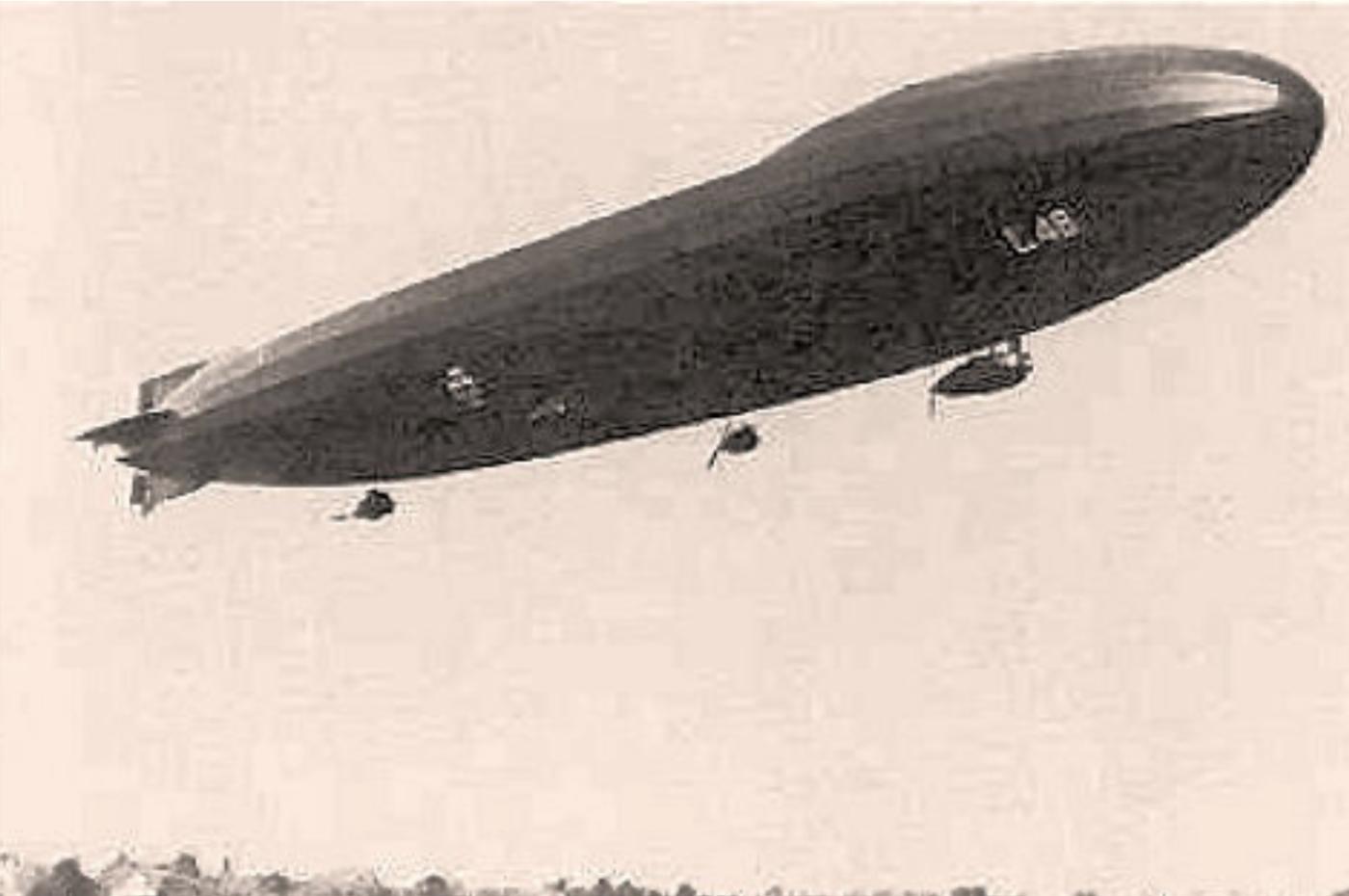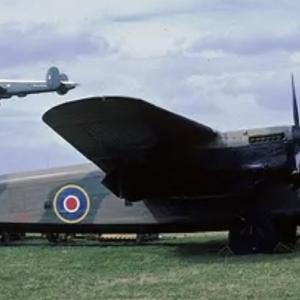
German airship
Zeppelin L48 was a German U-class airship used during the First World War. Built for high-altitude bombing raids, it measured nearly 197 meters in length and was filled with around 55,800 cubic meters of hydrogen. Powered by five Maybach engines, it could reach altitudes of up to 20,000 feet, placing it beyond the effective range of most British defenses at the time.
The L48 was part of Germany’s strategic bombing campaign, intended to demoralize the British public and disrupt industry. Before its final flight, L48 had completed several reconnaissance and bombing missions over England.
On the night of 16 June 1917, Zeppelin L48 participated in a bombing raid aimed at London. Bad weather and high winds disrupted the German formation, and the airship failed to reach its intended target. Instead, it dropped its bombs over Harwich and near Martlesham in Suffolk, causing limited damage.
After the bombing, the crew attempted to return to their base in Germany. However, navigation became increasingly difficult due to a frozen compass and possible engine problems. The airship drifted north along the Suffolk coast rather than heading out to sea, unintentionally bringing it closer to British defenses.
In the early hours of 17 June, L48 was spotted near Theberton, Suffolk. As it was illuminated by searchlights, British anti-aircraft guns opened fire. At the same time, multiple British aircraft were scrambled to intercept the airship.
To escape before daylight, the Zeppelin descended to find more favorable winds. This maneuver brought it within range of pursuing fighter aircraft. British pilots opened fire with machine guns, striking the rear section of the Zeppelin and igniting the hydrogen gas inside. Flames quickly engulfed the airship, which plunged to the ground in a fiery crash near Holly Tree Farm, outside the village of Theberton.
Of the 19 men aboard L48, 16 were killed in the crash. Three survived, suffering serious injuries, and were taken prisoner by British authorities. The wreckage attracted thousands of visitors in the days that followed. British military experts examined the remains to gain insight into German airship design and construction.
The fallen crew members were buried in St Peter’s Churchyard in Theberton. In 1966, their remains were reinterred at the German Military Cemetery in Cannock Chase, Staffordshire. A simple memorial plaque still stands in the churchyard, and fragments of the Zeppelin’s frame are preserved inside the church.
The destruction of L48 marked a key moment in the air war over Britain. It demonstrated the growing vulnerability of Zeppelins to improved British air defenses and fighter tactics. After this event, Germany began to rely less on airships and more on bomber aircraft for raids over Britain.
The story of L48 is still remembered in Theberton, not only as a chapter of wartime history but also as a moment of human tragedy. The village maintains the memory of the crew with dignity.










